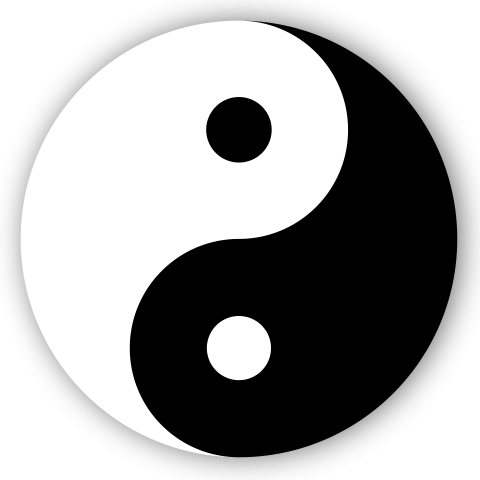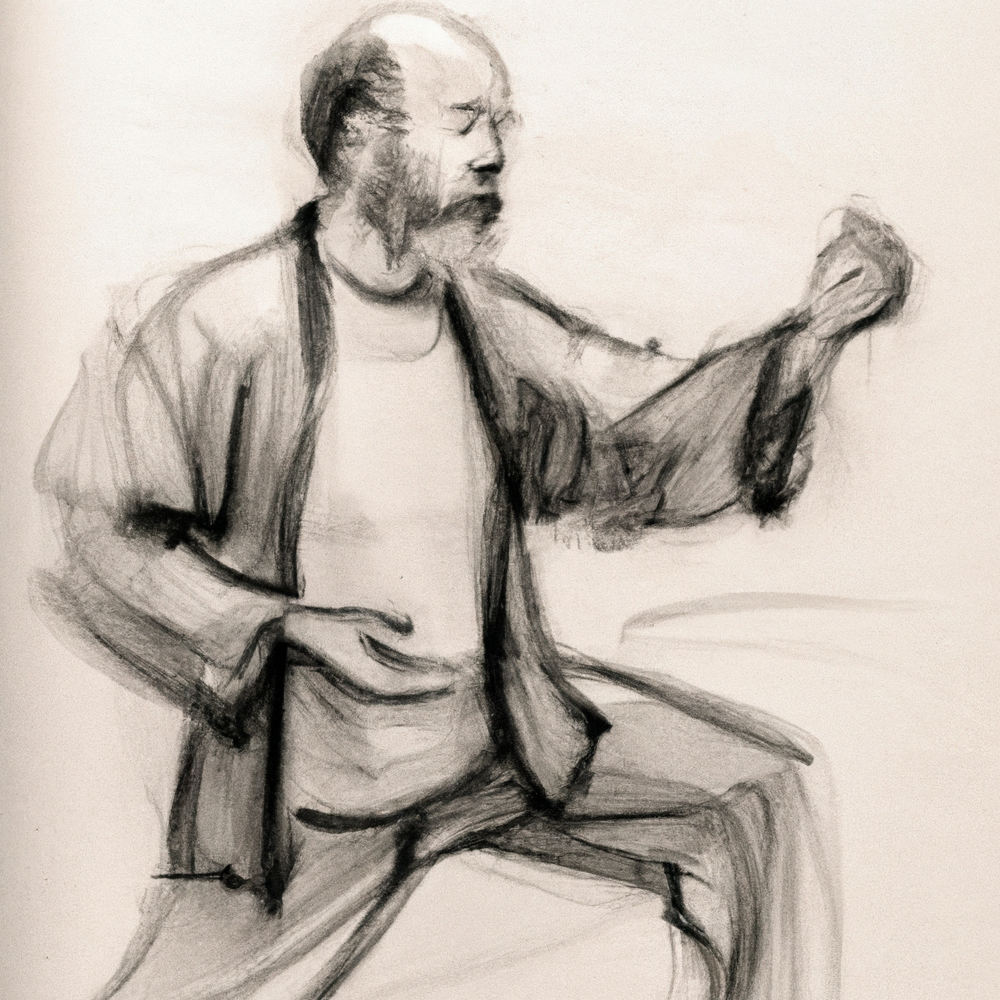No really, what is Taijiquan, exactly?
Just what is Taijiquan? This might seem like a somewhat peculiar question: it’s a Chinese Internal Style Martial Art, isn’t it? The simple answer to that is yes, but that doesn’t fundamentally answer the question, which when asked here, means: “What is the basic nature of Taijiquan that makes it a distinct entity, different from other martial arts, even other internal styles?”
The answer to that is fairly simple, as it turns out (in this author’s opinion, anyway): Taijiquan is a Chinese, internal style martial art distinguished from all other martial arts by 1) a distinct movement imaginary, 2) a guiding philosophy that eschews domination of the other, and 3) the use of a core set of neurobiological “tricks” that render opponents ineffective and easy to redirect, strike, or otherwise be shown the unintended consequences of their violent urges.


